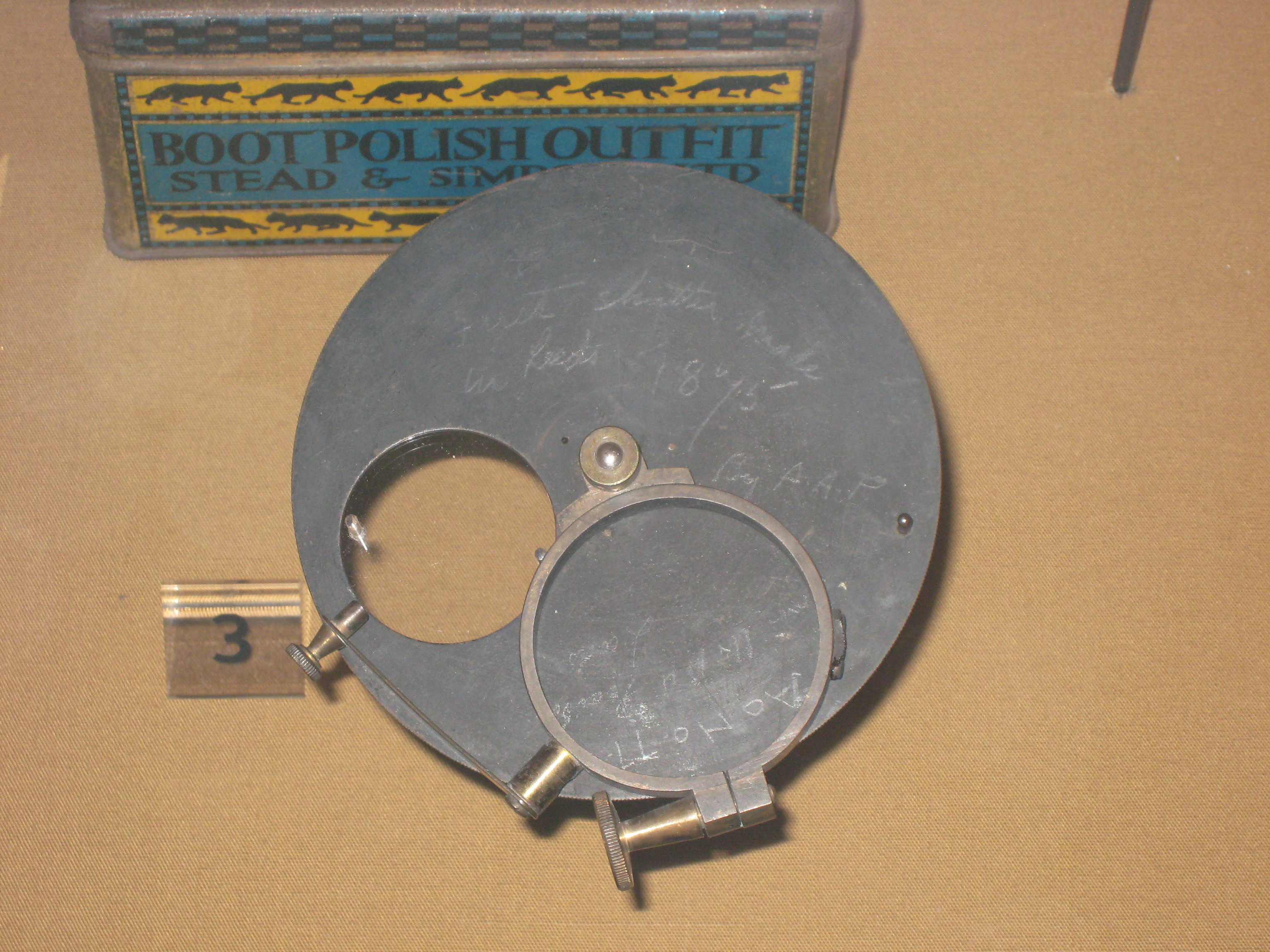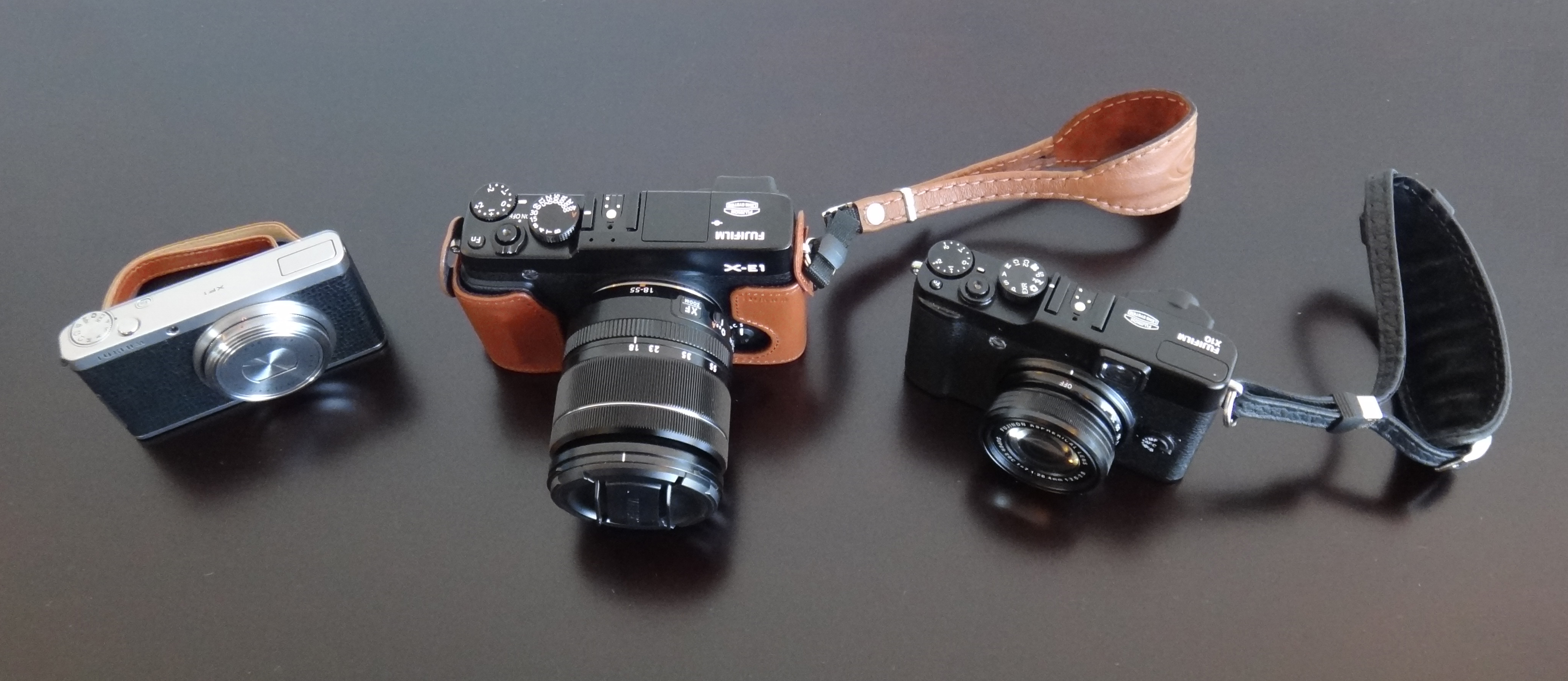|
Fujifilm X-Pro2
The Fujifilm X-Pro2 is a mirrorless interchangeable-lens digital camera announced in January 2016. It is part of Fujifilm's X-Series of cameras, the successor to the X-Pro1. Sales began on 3 March 2016. The X-Pro2 is the first mirrorless interchangeable-lens camera to have dual SD card slots. Fujifilm made some changes to the layout from the X-Pro1 and added a joystick. The X-Pro2 jointly won a Camera Grand Prix Japan 2016 Editors Award. The successor to the X-Pro2 is the Fujifilm X-Pro3 announced in October 2019. Features The Fujifilm X-Pro2 mirrorless camera is aimed at professional and ambitious amateur photographers. The camera body has a X mount for connecting Fujinon XF and XC lenses. The autofocus system works as a hybrid using contrast and phase detection, this allows focusing and release within 0.15 to 0.25 seconds from infinity to two meters. For manual focusing, a focus magnifier, a digital split image indicator as well as focus peaking are available to the use ... [...More Info...] [...Related Items...] OR: [Wikipedia] [Google] [Baidu] |
Fujifilm XF 35mm F2 R WR
The Fujinon XF 35mm F2 R WR is an interchangeable standard prime lens for X-mount, announced by Fujifilm on October 21, 2015. References Fujifilm X-mount lenses, 35 Camera lenses introduced in 2015 {{photography-stub ... [...More Info...] [...Related Items...] OR: [Wikipedia] [Google] [Baidu] |
DPReview
''Digital Photography Review'', also known as ''DPReview,'' is a website about digital cameras and digital photography, established in November 1998. The website provides comprehensive reviews of digital cameras, lenses and accessories, buying guides, user reviews, and forums for individual cameras, as well as general photography forums. The website also has a database with information about individual digital cameras, lenses, printers and imaging applications. Originally based in London, ''Digital Photography Review'' and most of its team relocated to Seattle, Washington, in 2010. It is currently owned by Amazon. Main features ''DPReview'' has regularly published thorough, technically orientated camera reviews since the website launched in 1998. The content and scope of the reviews have changed over time, but the basic formula (extensive descriptions of controls and menus, consistent, repeatable studio tests, side-by-side pixel-level comparisons) has remained unchanged since ... [...More Info...] [...Related Items...] OR: [Wikipedia] [Google] [Baidu] |
Digital Camera Modes
Most digital cameras support the ability to choose among a number of configurations, or ''modes'', for use in various situations. Professional DSLR cameras provide several manual modes; consumer point-and-shoot cameras emphasize automatic modes; amateur prosumer cameras often have a wide variety of both manual and automatic modes. Manual-enabled modes Manual-enabled modes give the photographer control over the various parameters of exposure. There are three exposure parameters – aperture, time (shutter speed), and sensitivity (ISO), and in different modes, these are each set automatically or manually; this gives 23 = 8 possible modes. For a given exposure, this is an underdetermined system, as there are three inputs but only one output. Accordingly, there are many combinations that result in the same exposure – for example, decreasing the aperture by one stop but increasing the exposure time or sensitivity to compensate, and there are various possible algorithms to ... [...More Info...] [...Related Items...] OR: [Wikipedia] [Google] [Baidu] |
LC Display
A liquid-crystal display (LCD) is a flat-panel display or other electronically modulated optical device that uses the light-modulating properties of liquid crystals combined with polarizers. Liquid crystals do not emit light directly but instead use a backlight or reflector to produce images in color or monochrome. LCDs are available to display arbitrary images (as in a general-purpose computer display) or fixed images with low information content, which can be displayed or hidden. For instance: preset words, digits, and seven-segment displays, as in a digital clock, are all good examples of devices with these displays. They use the same basic technology, except that arbitrary images are made from a matrix of small pixels, while other displays have larger elements. LCDs can either be normally on (positive) or off (negative), depending on the polarizer arrangement. For example, a character positive LCD with a backlight will have black lettering on a background that is the co ... [...More Info...] [...Related Items...] OR: [Wikipedia] [Google] [Baidu] |
Shutter Speed
In photography, shutter speed or exposure time is the length of time that the film or digital sensor inside the camera is exposed to light (that is, when the camera's shutter (photography), shutter is open) when taking a photograph. The amount of light that reaches the Photographic film, film or image sensor is proportional to the exposure time. of a second will let half as much light in as . Introduction The camera's shutter speed, the lens's aperture or f-stop, and the scene's luminance together determine the amount of light that reaches the film or sensor (the exposure (photography), exposure). Exposure value (EV) is a quantity that accounts for the shutter speed and the f-number. Once the sensitivity to light of the recording surface (either film or sensor) is set in numbers expressed in "Film speed#ISO, ISOs" (ex: 200 ISO, 400 ISO), the light emitted by the scene photographed can be controlled through aperture and shutter-speed to match the film or sensor sensitivity ... [...More Info...] [...Related Items...] OR: [Wikipedia] [Google] [Baidu] |
Shutter (photography)
In photography, a shutter is a device that allows light to pass for a determined period, exposing photographic film or a photosensitive digital sensor to light in order to capture a permanent image of a scene. A shutter can also be used to allow pulses of light to pass outwards, as seen in a movie projector or a signal lamp. A shutter of variable speed is used to control exposure time of the film. The shutter is constructed so that it automatically closes after a certain required time interval. The speed of the shutter is controlled by a ring outside the camera, on which various timings are marked. Camera shutter Camera shutters can be fitted in several positions: * Leaf shutters are usually fitted within a lens assembly (''central shutter''), or more rarely immediately behind (''behind-the-lens shutter'') or, even more rarely, in front of a lens, and shut off the beam of light where it is narrow. *Focal-plane shutters are mounted near the focal plane and move to uncover the fil ... [...More Info...] [...Related Items...] OR: [Wikipedia] [Google] [Baidu] |
SD Card
Secure Digital, officially abbreviated as SD, is a proprietary non-volatile flash memory card format developed by the SD Association (SDA) for use in portable devices. The standard was introduced in August 1999 by joint efforts between SanDisk, Panasonic (Matsushita) and Toshiba as an improvement over MultiMediaCards (MMCs), and has become the industry standard. The three companies formed SD-3C, LLC, a company that licenses and enforces intellectual property rights associated with SD memory cards and SD host and ancillary products. The companies also formed the SD Association (SDA), a non-profit organization, in January 2000 to promote and create SD Card standards. SDA today has about 1,000 member companies. The SDA uses several trademarked logos owned and licensed by SD-3C to enforce compliance with its specifications and assure users of compatibility. History 1999–2003: Creation In 1999, SanDisk, Panasonic (Matsushita), and Toshiba agreed to develop and market the S ... [...More Info...] [...Related Items...] OR: [Wikipedia] [Google] [Baidu] |
JPEG
JPEG ( ) is a commonly used method of lossy compression for digital images, particularly for those images produced by digital photography. The degree of compression can be adjusted, allowing a selectable tradeoff between storage size and image quality. JPEG typically achieves 10:1 compression with little perceptible loss in image quality. Since its introduction in 1992, JPEG has been the most widely used image compression standard in the world, and the most widely used digital image format, with several billion JPEG images produced every day as of 2015. The term "JPEG" is an acronym for the Joint Photographic Experts Group, which created the standard in 1992. JPEG was largely responsible for the proliferation of digital images and digital photos across the Internet, and later social media. JPEG compression is used in a number of image file formats. JPEG/Exif is the most common image format used by digital cameras and other photographic image capture devices; along with JPEG ... [...More Info...] [...Related Items...] OR: [Wikipedia] [Google] [Baidu] |
Raw Image Format
A camera raw image file contains unprocessed or minimally processed data from the image sensor of either a digital camera, a motion picture film scanner, or other image scanner. Raw files are named so because they are not yet processed and therefore are not ready to be Photographic printing, printed, viewed or edited with a bitmap graphics editor. Normally, the image is processed by a raw converter in a wide-gamut internal color space where precise adjustments can be made before file format conversion, conversion to a viewable file format such as JPEG or PNG for storage, printing, or further manipulation. There are dozens of raw formats in use by different manufacturers of digital image capture equipment. Rationale Raw image files are sometimes incorrectly described as "digital Negative (photography), negatives", but neither are they negatives nor do the unprocessed files constitute visible images. Rather, the Raw datasets are more like Exposure (photography), exposed but Lat ... [...More Info...] [...Related Items...] OR: [Wikipedia] [Google] [Baidu] |
Focus Peaking
Focus peaking is a focusing aid in live preview or electronic viewfinder An electronic viewfinder (EVF) is a camera viewfinder where the image captured by the lens is displayed on a small screen (usually LCD or OLED) which the photographer can look through when composing their shot. It differs from a live preview sc ...s on digital cameras that places a white or coloured highlight on in-focus edges (contours) within an image using an edge detect filter. References *http://photolisticlife.com/2013/04/07/what-is-focus-peaking/ *http://camera-wiki.org/wiki/Focus_peaking *http://petapixel.com/2012/08/30/focus-peaking-making-its-way-onto-more-digital-cameras/ {{photography-stub Digital photography ... [...More Info...] [...Related Items...] OR: [Wikipedia] [Google] [Baidu] |
Fujifilm X-series
The Fujifilm X series is a line of digital cameras produced by Fujifilm. The series encompasses fixed lens and interchangeable lens mirrorless cameras and premium compact point-and-shoot cameras aimed at consumer, enthusiast and professional photographers. The X series is part of the larger Fujifilm FinePix, FinePix range of digital cameras from Fujifilm. The X series models use either APS-C or inch sensors. X series model lines Since its introduction with the X100 in 2011, the X series has grown to encompass a wide variety of designs. These lines can be broken out into the following categories or model lines. APS-C sensor The following lines are united by their use of APS-C-sized sensors measuring 25.1×16.7 mm, with an aspect ratio of 3:2 and Ø31.15 mm field diameter. They are listed here within each category in the order in which the initial model of each type was introduced. Fixed lens * X100 line — These models have a fixed focal length 23mm prime len ... [...More Info...] [...Related Items...] OR: [Wikipedia] [Google] [Baidu] |





